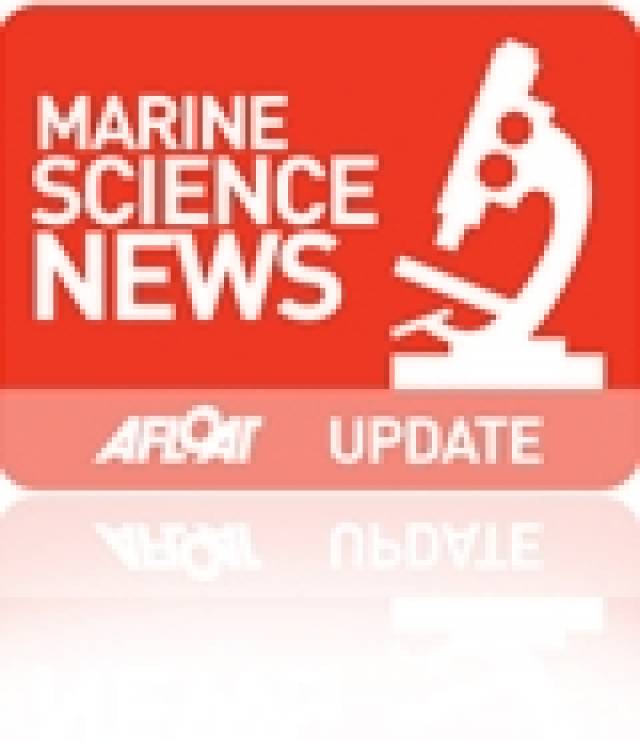#SeaLice - The chairman and board of Inland Fisheries Ireland (IFI) have welcomed a definitive review of over 300 scientific publications on the effects sea lice can have on sea trout stocks.
A team of top international scientists from Norway, Scotland and Ireland reviewed all available published studies on the effects of sea lice and have now concluded that sea lice have negatively impacted wild sea trout stocks in salmon farming areas in Ireland, Scotland and Norway.
Previously research was based on individually published studies, but this new review reached its conclusions based on comprehensive studies of the effects of salmon lice from over 300 scientific publications.
The project was funded by the Norwegian Seafood Research Fund, which provides investment in Norwegian seafood industry-based R&D with the objective of creating added value for the seafood industry.
The study also examined the potential effect of sea lice on salmon and concluded that sea lice have a potential significant and detrimental effect on marine survival of Atlantic salmon with potentially 12-44% fewer salmon spawning in salmon farming areas.
“These conclusions concur with previously published Inland Fisheries Ireland research on the potential impact of sea lice from marine salmon farms on salmon survival,” said IFI chairman Brendan O’Mahony.
The studies reviewed indicate that salmon farming increases the abundance of lice in marine habitats and that sea lice in intensively farmed areas have negatively impacted wild sea trout populations. The effects of sea lice on sea trout are increased marine mortality and reduced marine growth.
IFI says this new study confirms the evidence collected since the early 1990s in Ireland regarding the impact of sea lice on wild sea trout stocks, particularly in relation to the collapse of Connemara’s sea trout stocks.
The board of IFI reaffirmed that it has consistently called for marine salmon farms to maintain sea lice levels close to zero prior to and during the wild sea trout and salmon smolt migration period in spring.
IFI has also raised concerns regarding the location of salmon farms in the estuaries of salmon and sea trout rivers.
The IFI board says it believes this new review confirms the need for very tight regulation of sea lice levels on salmon farms and raises legitimate concerns with regard to the potential impact of new, large scale salmon farms, proposed along Ireland’s west coast, on salmon and sea trout stocks.
It's expected that regulators will now consider the results of this new review when making decisions on the sustainability and approval of future marine salmon aquaculture licences and the regulation of sea lice at existing sites, so as to ensure no negative impact on salmon and sea trout stocks.

































































